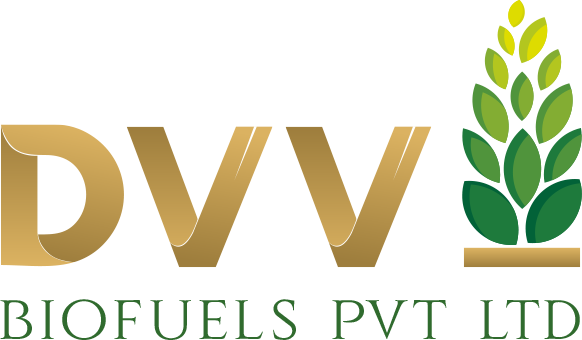Ethanol production from sugar-rich substrates is carried out as described in the following steps (Mohsen Gavahian et al., 2018). It can be divided into three distinct steps: preparation of the fermentable sugar; fermentation of the sugar solution for ethanol production; and recuperating the ethanol from the fermented solution. In this process, food waste material is initially grounded and hydrolyzed by using thermal, acidic, or enzymatic techniques for the conversion of starch into simple fermentable sugars. Simultaneously, bioethanol production is performed using batch, fed-batch, and continuous methods. In the last step, ethanol is distilled and recovered from the fermented broth.
Integrated hydrolysis, fermentation and co-fermentation of lignocellulosic biomass
The simulated process includes the enzymatic hydrolysis of sugarcane bagasse pretreated with liquid hot water, and the analyzed parameters were the solid consistency in the hydrolysis and pretreatment reactors and the hydrolysis reaction time. The solid consistency in the hydrolysis reactor had the highest influence on the economic feasibility of the process. For the economic scenario considered in this study, using bagasse to increase ethanol production yielded higher ethanol production costs compared to using bagasse for electric energy production, showing that further improvements in the process are still necessary.

